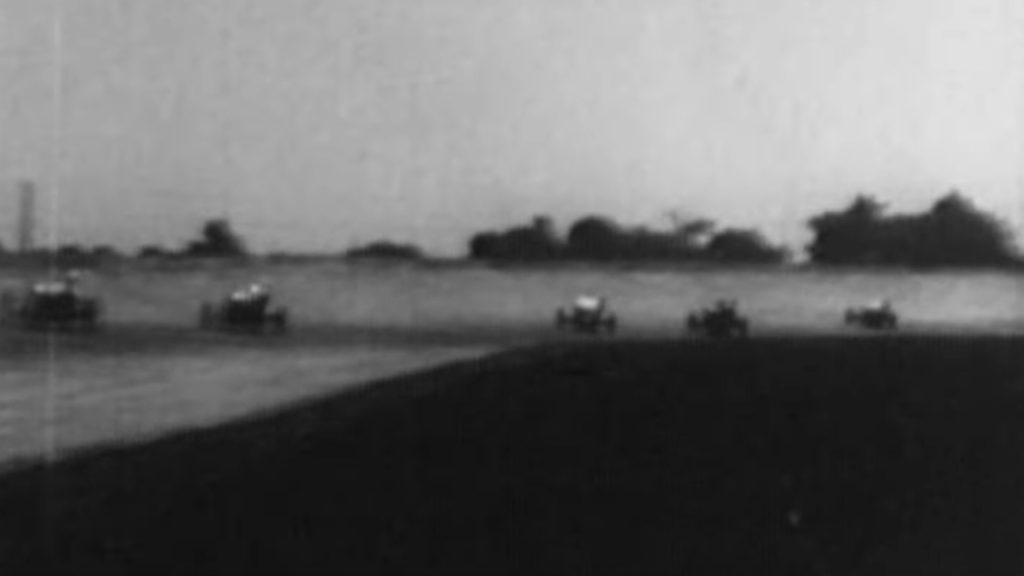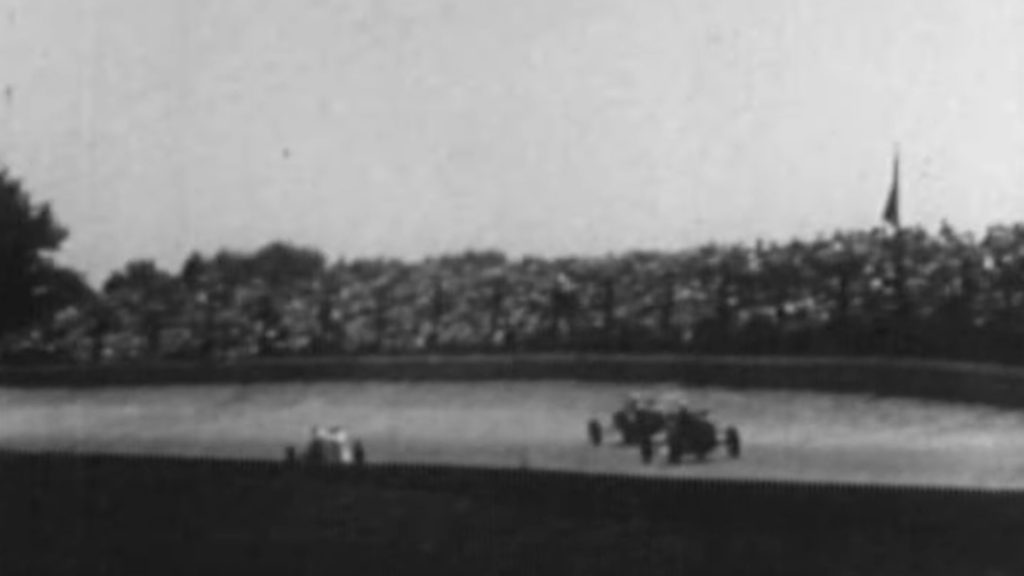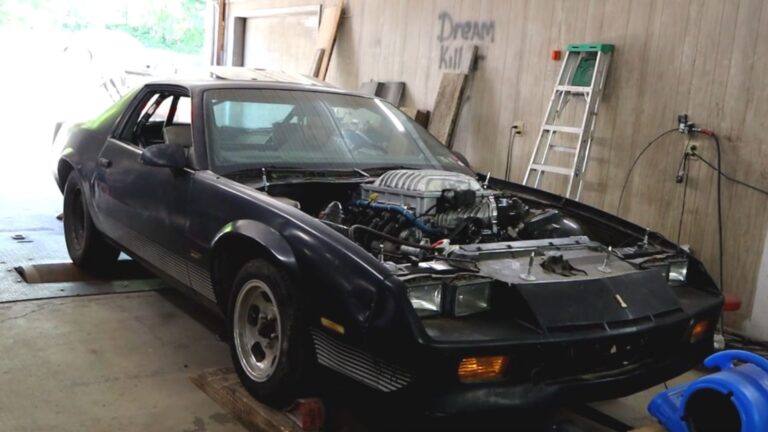
Image Via Youtube/@Indianapolis Motor Speedway
In the roaring era of the 1930s, the Indianapolis 500 was not just a race; it was a spectacle of speed, innovation, and, surprisingly, an economy run. The 1934 edition of this iconic race saw “Wild Bill” Cummings dramatically claim victory, marking a historic moment in motorsport. His win, achieved with an average speed of 104.863 mph, shattered previous records and introduced a new era of racing dynamics at the Indianapolis Motor Speedway.
The AAA Contest Board, concerned with safety and aiming to slow down the cars, imposed strict fuel and oil limitations for the 1934 race. Teams were allocated only 45 gallons of fuel and six gallons of oil, with qualifications further restricted to three gallons of fuel. These measures, intended to reduce speeds and increase safety, set the stage for an intense competition that tested the ingenuity and adaptability of drivers and their teams.

British Pathé
Despite these constraints, Cummings and his mechanic Earl Unversaw navigated their way to a narrow victory, edging out runner-up Mauri Rose by a mere 27 seconds. Their triumph was not only a personal victory but also a significant achievement for car owner “Umbrella” Mike Boyle, marking his first win at the Indianapolis 500. The race also ended the dominance of straight-8 engines, with Cummings’ four-cylinder Miller front-wheel drive becoming the first of its kind to win since 1920.
The 1934 race was not without tragedy, as it witnessed the fatal crash of Pete Kreis and his mechanic Bob Hahn during practice. This incident underscored the inherent dangers of motorsport, even as efforts were made to enhance safety.

British Pathé
Furthermore, the event showcased the innovative spirit of the time, with the Cummins Diesel making a notable return. Two Cummins-engineered cars, one a two-cycle diesel and the other a four-cycle model, completed the race, demonstrating the potential of diesel technology in racing.
Wild Bill Cummings’ 1934 Indianapolis 500 victory stands as a testament to the courage, skill, and determination of racers during one of the most challenging eras in motorsport history. It was a race that balanced the fine line between the pursuit of speed and the imperative of safety, leaving an indelible mark on the legacy of the Indianapolis 500.







1 thought on “Watch: Wild Bill Cummings’ Historic Victory at the 1934 Indianapolis 500”